
How do people at the margins get ensured of connectivity? This is something we at Digital Empowerment Foundation have been working on since 2002, and our work goes well beyond advocacy.
Every year, DEF co-hosts an Annual conference, the Community Networks Xchange, where experts, policymakers, stakeholders on the ground, and civil society gather in discussing how community networks (CNs) can be deployed efficiently in providing last mile connectivity.
For a brief on CNs, this earlier chapter of TypeRight goes into it in detail:
With the state moving away from public utilities including transportation, communication and education and handing them over to the private sector, there is little profit or 'RoI' to be gained by investing in connectivity in these geographic and societal margins. Here, CNs work as "decentralised telecommunications that people build and operate themselves can be instrumental in providing affordable Internet access in telecom neglected settings. CN includes technical networks –– antenna, WiFi signals, routers, servers, cables –– and people, socio-technical relations, technologies and infrastructures of operation, and governance. They can challenge the dominant and centralised Internet infrastructure model by deploying the community’s technical competencies, life experiences, perspectives, communality, and solidarity"
This year, given the still unresolved pandemic and an increasing 'zoom fatigue,' CNX has been split across five sessions in five months.
And this week, we have two stories of CNs, from the hills in Manipur, towards the country's northeast, and from the Meo community in Nuh, from the heartland.
Michael from Manipur, actually from Myanmar, started a community network in 2013, then in some coffee land in Myanmar.
Now he is a refugee and has taken shelter in a village in Manipur in a bordering area. There are hundreds of Burmese refugees who have crossed the porous border and taken shelter in the Indian territory. It is reported that many are known to their relatives in the Indian side of the border.
Alternative technology is a natural instinct of Michael. As soon as he landed on the Indian side, he wanted to make sure that his community members have their own Internet.
By trying to build alternative solutions and building CNs on the hilltops, his team connected 20 refugee villages. Five hundred refugees from Burma (now Myanmar) are occupied in weaving centres across the place. These families were initially involved in farming work, says Michael. However, when they had to leave the country, they learned weaving skills to find new ways to survive. As they arrived here, they became weavers. They mostly weave traditional dresses. The political system is different from Myanmar, and Michael reminds us that it was very difficult to just understand how to get hold of an alternative internet through the method and mechanics of community networks - CN. This took him a year.

"A decentralised and locally owned network could be used. Users are not just consumers. Why can we not create local content? It should not be just for people in the cities. Indigenous culture is rich in remote areas," Michael says. They then started by collecting old devices people donated- computers and modems.

We can see one problem here- there is no model for CN-building in disaster-prone or refugee rehabilitated areas, mainly because they are missing several documents required by authorities. Procuring an internet connection becomes a problem in itself. Michael first built an offline mesh network locally and later brought internet connectivity. He got a connection with JioFiber and then distributed the data to the community.
Now, in the weaving community, the women are digitally empowered and the connectivity is sustained. Michael’s first CN was in the hills of Myanmar, similarly partly online and partly local-offline, having a community radio running. When there was a need for routers and other equipment, and when he couldn't afford new ones, he improvised.

This is an important learning from the Manipur CN experience- that of localisation of tech. Equipment needn't always be brought in from outside, and community participation was key.
Watch the full video here:
APC has supported and helped with his network.
Nuh, Haryana is an economically 'backward' area and also deeply conservative on rights and freedoms women have, along with being behind in other development indices. This story is from a CN built by the Meo community in Nuh. It has ten towers and connects several villages.
The CN started in 2018. BSNL provides the fiber, and it has been distributed to ten locations via a tower. It connects 60,000 people. Mustakeem, who runs a Community Information Resource Centre (CIRC) says that people come there for various services like Aadhaar enrolment, KYC for the PM KISAN scheme, applying for old age pensions, and other welfare services. Around forty people a day use the CIRC. They also have an education room where hundreds of children learn every month. The towers are connected via something called ‘hopping.’

Nagma Khan, a community network trainer from Guna, tells us how she has to practically demonstrate it to people how to keep the CNs running.

Nuh had issues getting women to participate, but after the CIRC started STEM classes, more young women have joined in. Deeper cultural issues still hold back this progress from going in full speed.
The second session of CNX is set to happen next week, on July 29th. You can register here, and watch the full recording of the first session here.

Besides CNX, we had other things going on at DEF too:
Read how our SoochnaPreneurs are enabling digital access in rural Bihar:
This article explains how the Internet Roshni Project has been helping connect several tribal communities working in Assam's tea plantations:
From a health camp organised by Smartpur in Ghazipur:
And, in other news:
Last week was eventful, with protests erupting in Sri Lanka forcing the government to resign and several more arrests and crackdowns on journalists and activists in the country.
But for some lighter news first, Kerala Government has gotten the green signal to be an ISP with their KFON plan that had been in the works for a while now.
Also, here is an interesting story about the man who connected India to the World Wide Web, B K Syngal, who died last week.
Now for some more shocking exposes, the #UberFiles investigation by ICIJ, the Guardian and other journalists across several countries was released last week. It shows how deep they had lobbied, and how they had been brazenly operating without government approvals in new markets.
In Uttar Pradesh, the internet and disinformation have frequently been employed to generate hate against Muslim owned businesses, and this time, LuLu mall has been the target.
The NEP Team in Karnataka who had made several questionable claims has also admitted Quora to be a trustable source of information.

Meanwhile, the government has been using blocking orders to silence critics on social media.

A journalist from Jharkhand has also been arrested under the UAPA law. Rupesh had written extensively on human rights violations and atrocities on the adivasi population, and was even targeted under the Pegasus spyware.
Until we meet again next week, here's a reminder that journalists, fact-checkers, and other activists speaking truth to power need your support now more than ever!



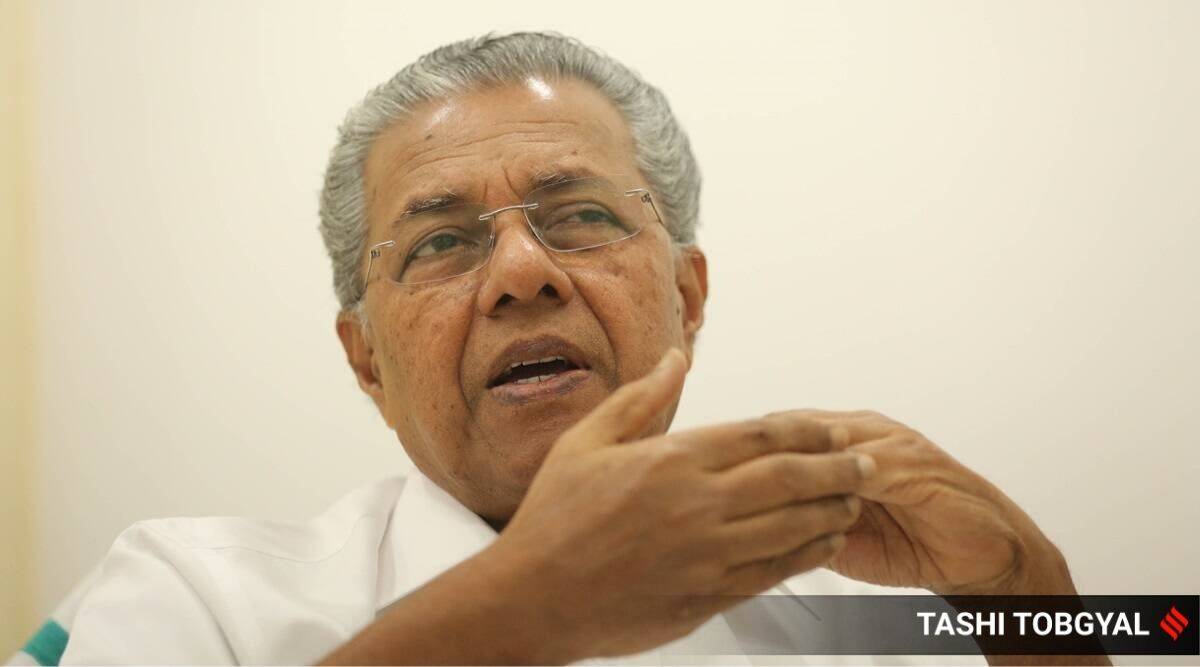
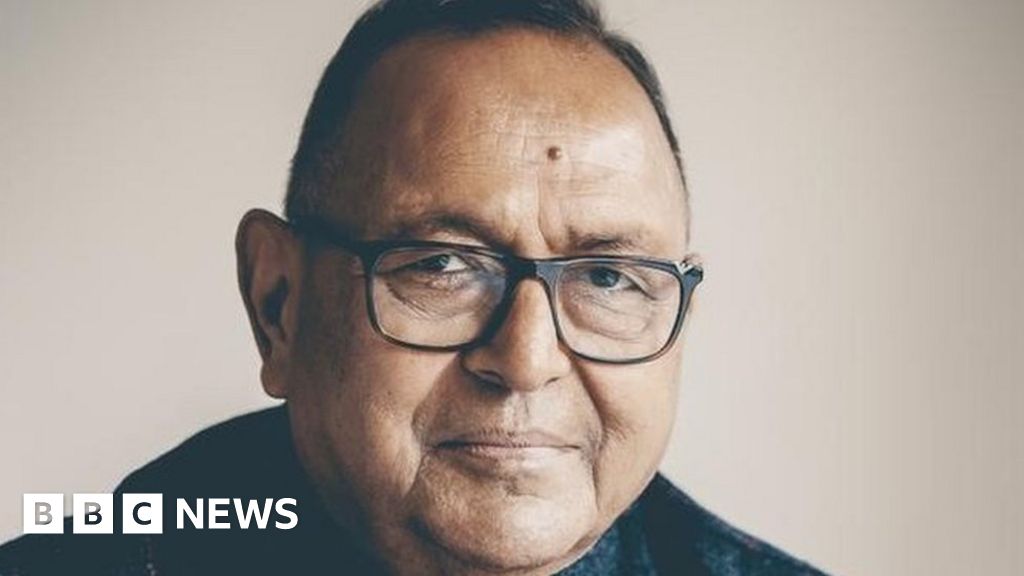


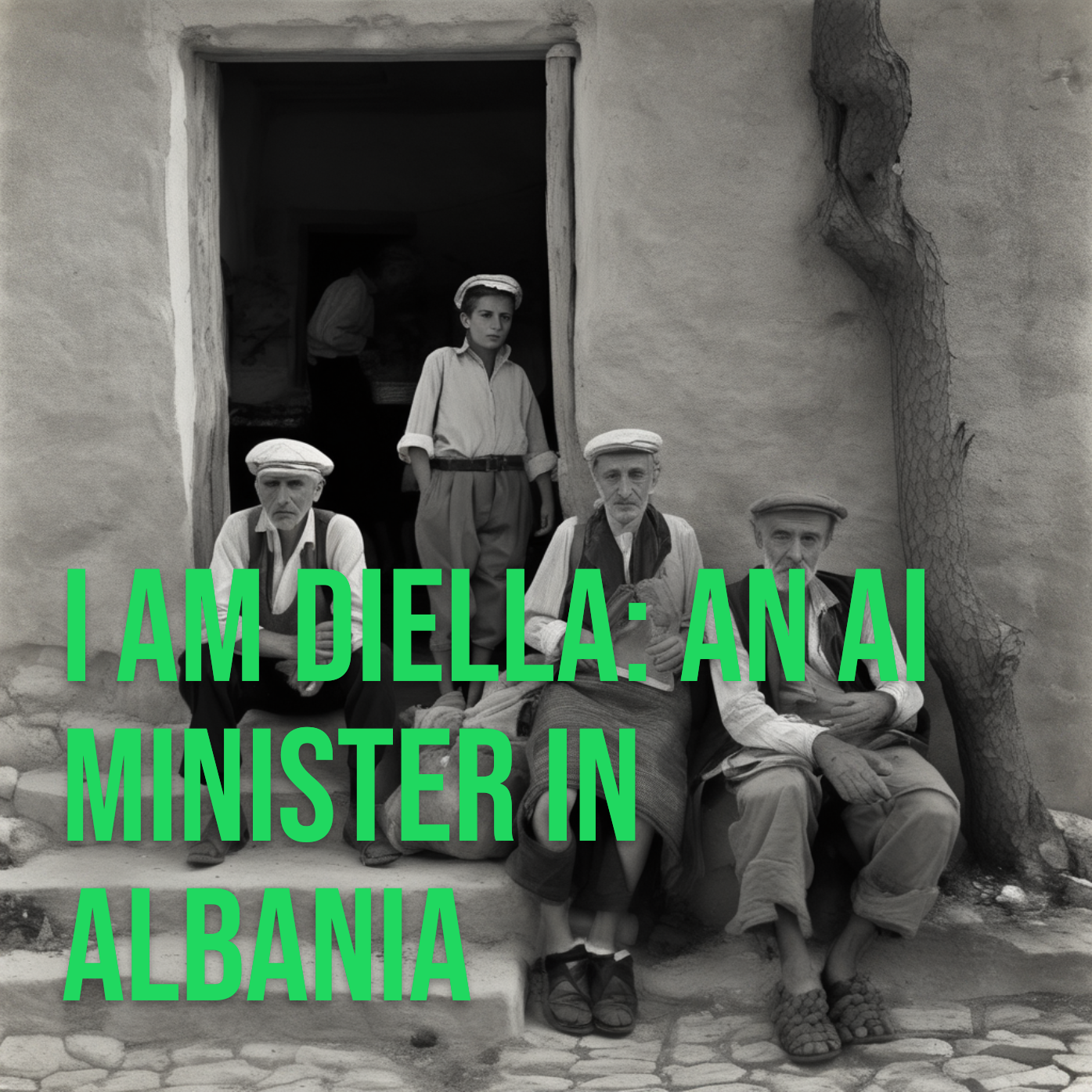

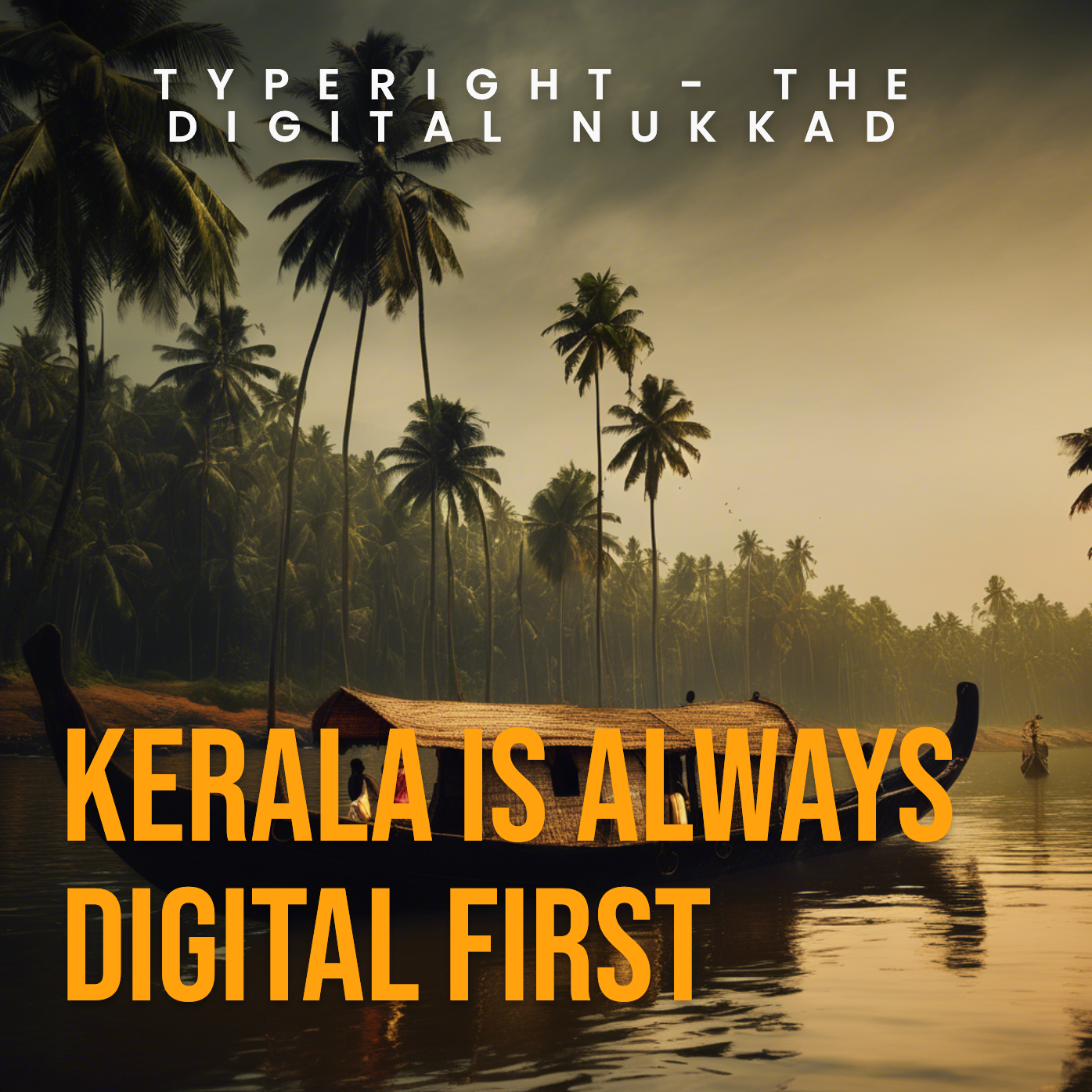
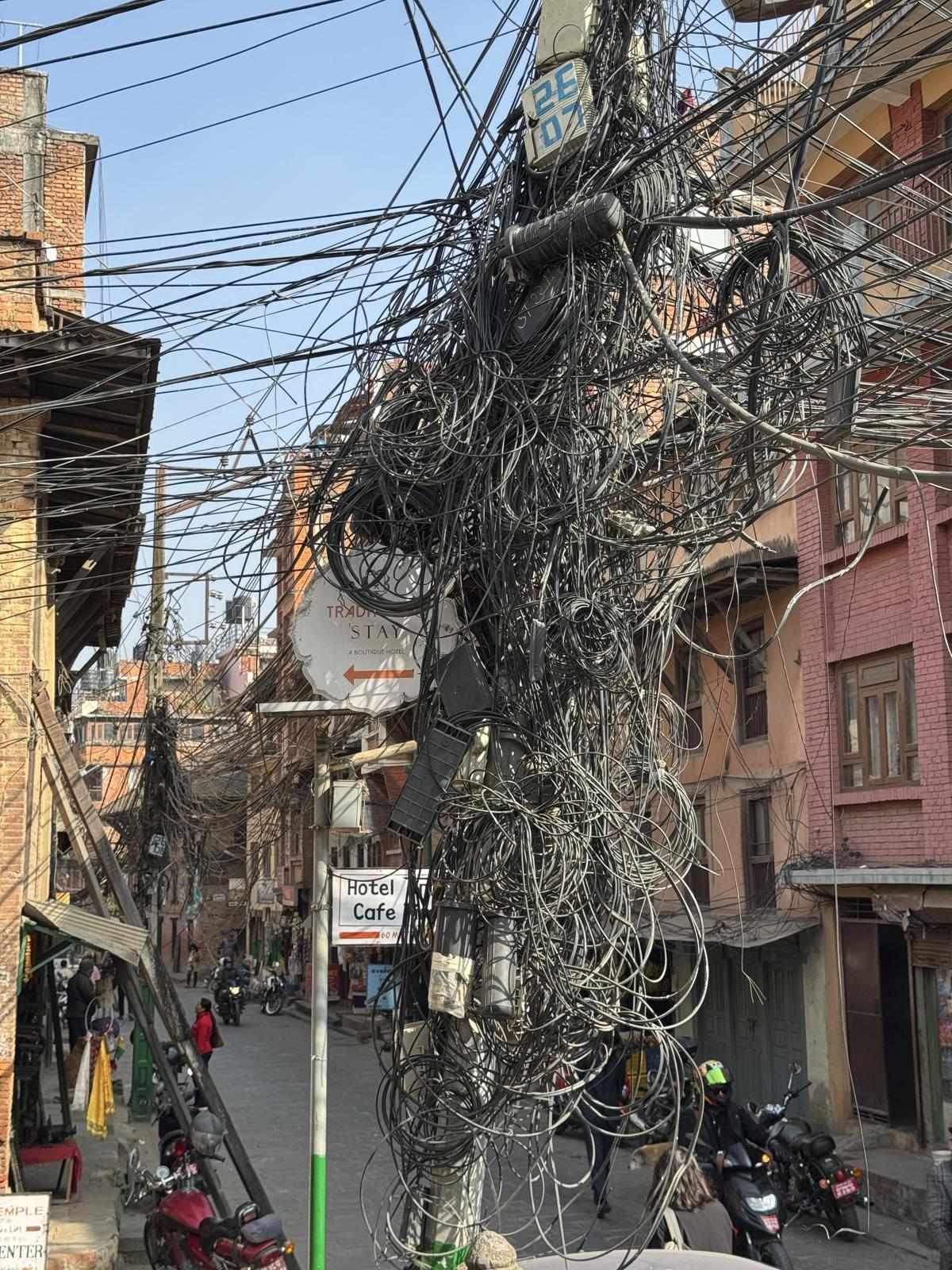
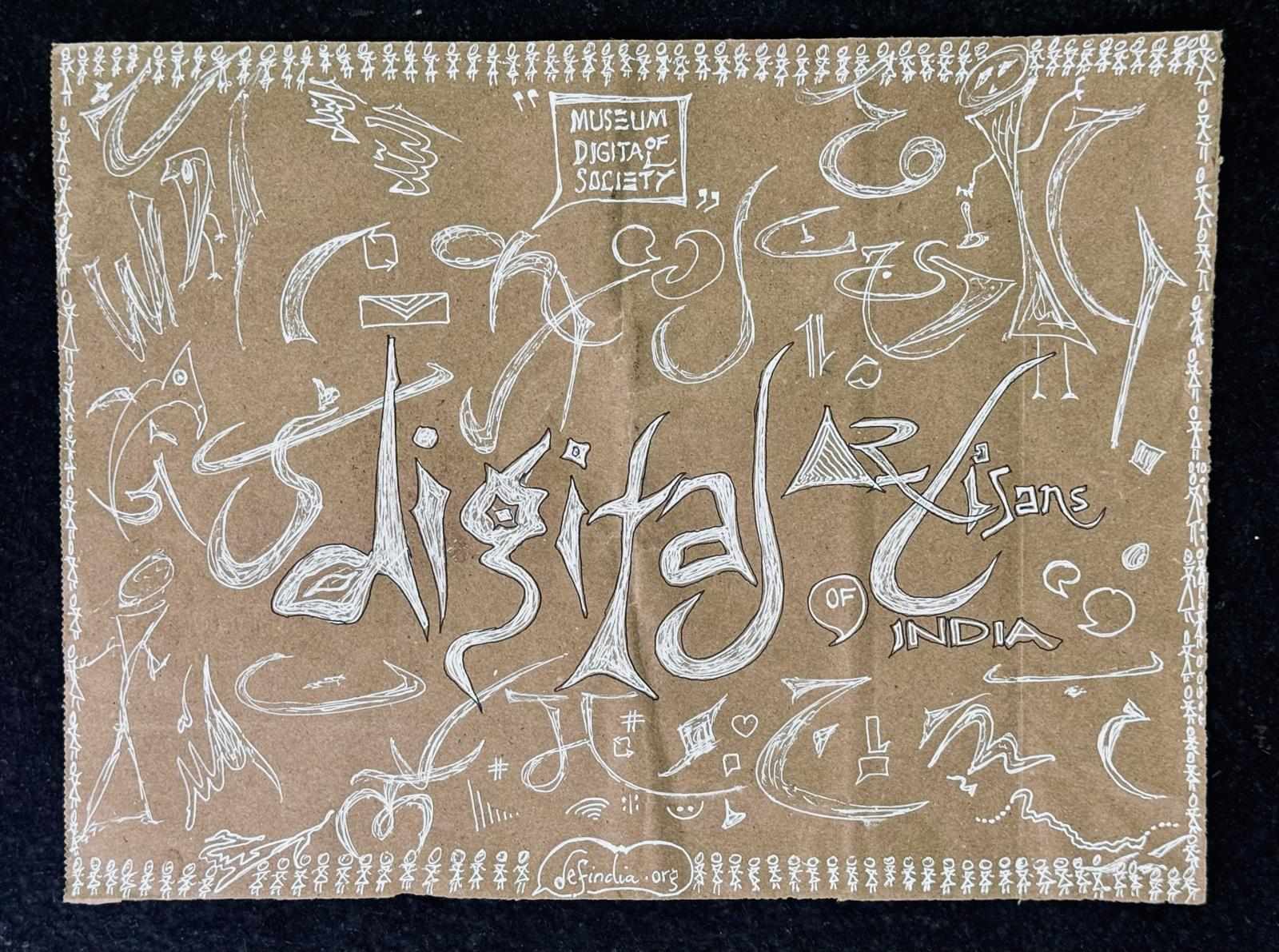
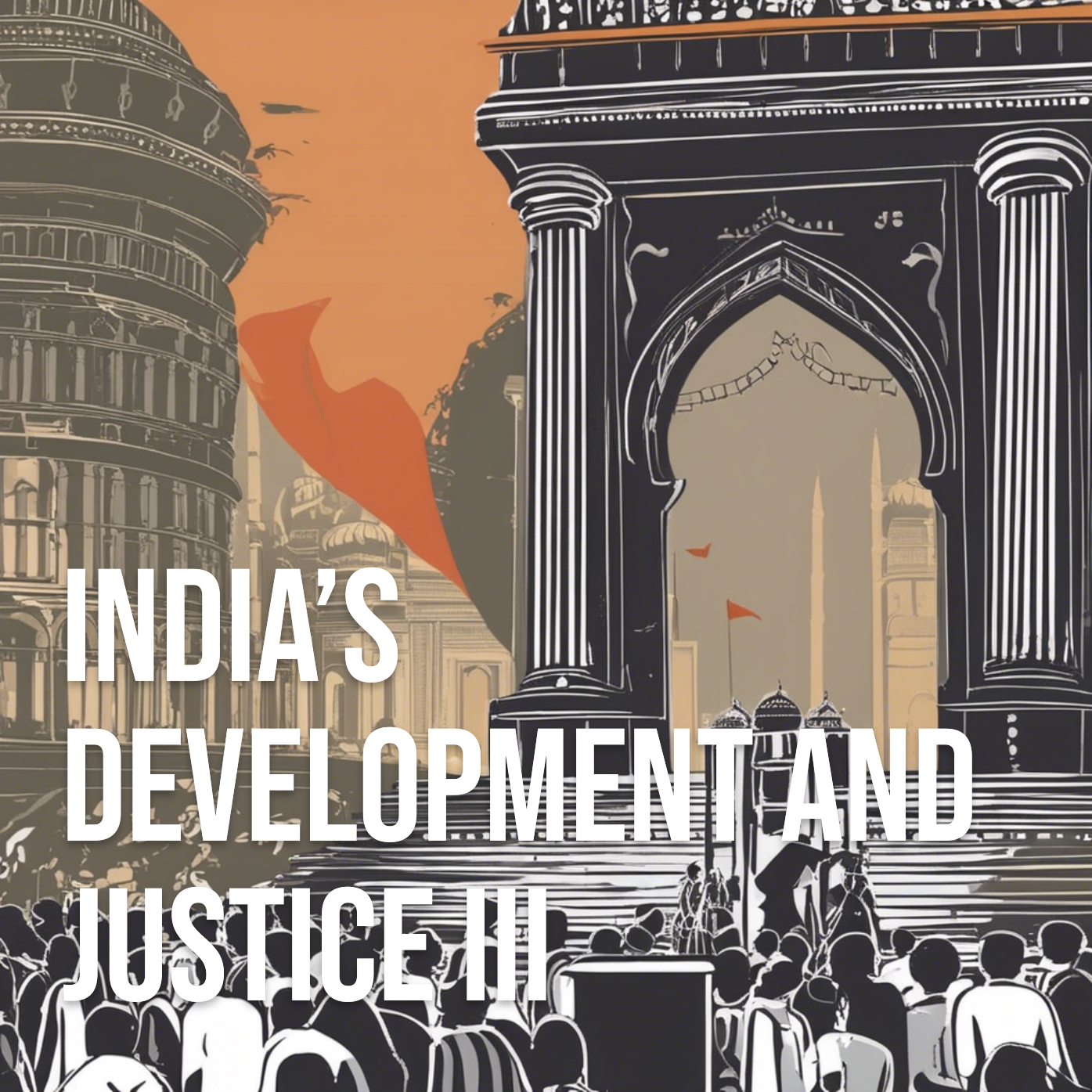
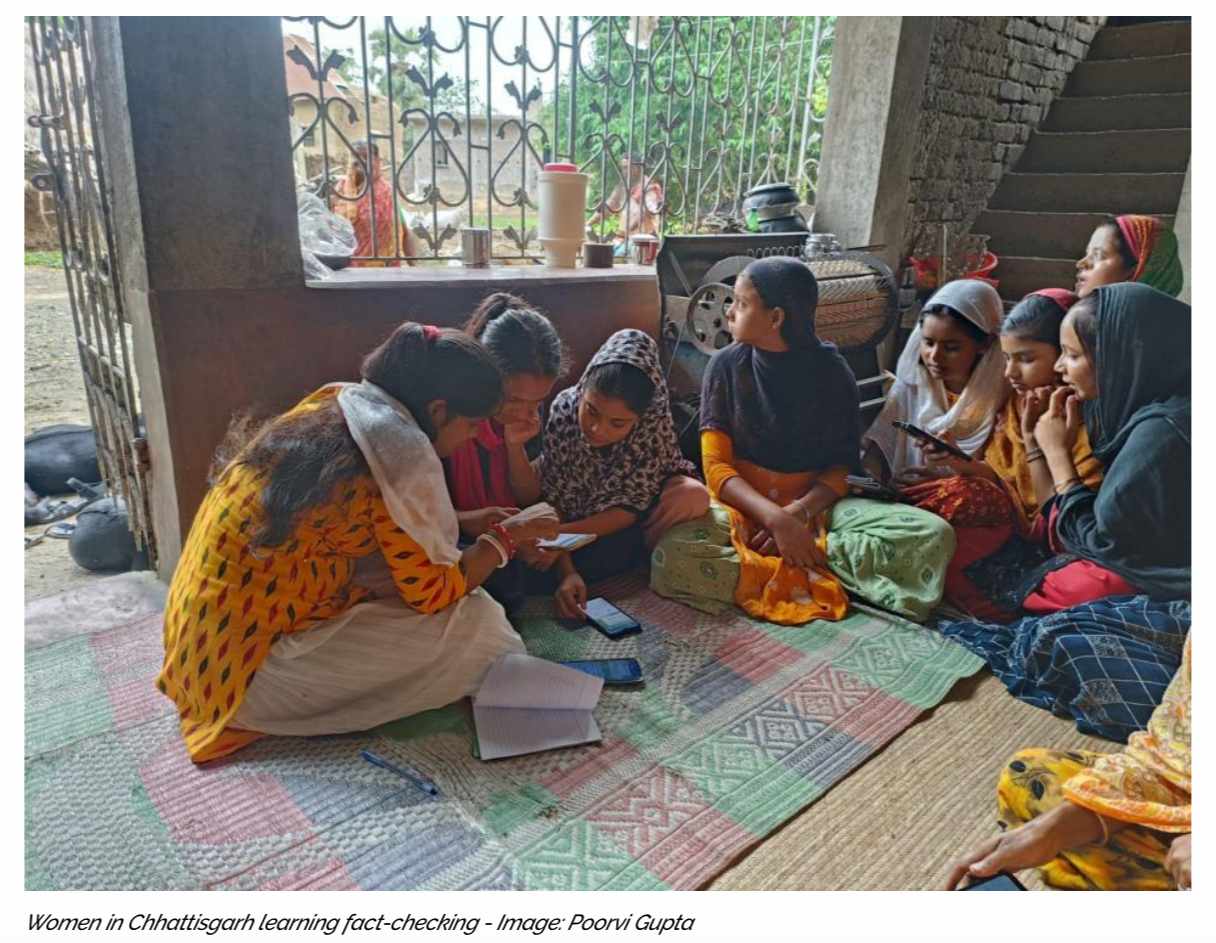


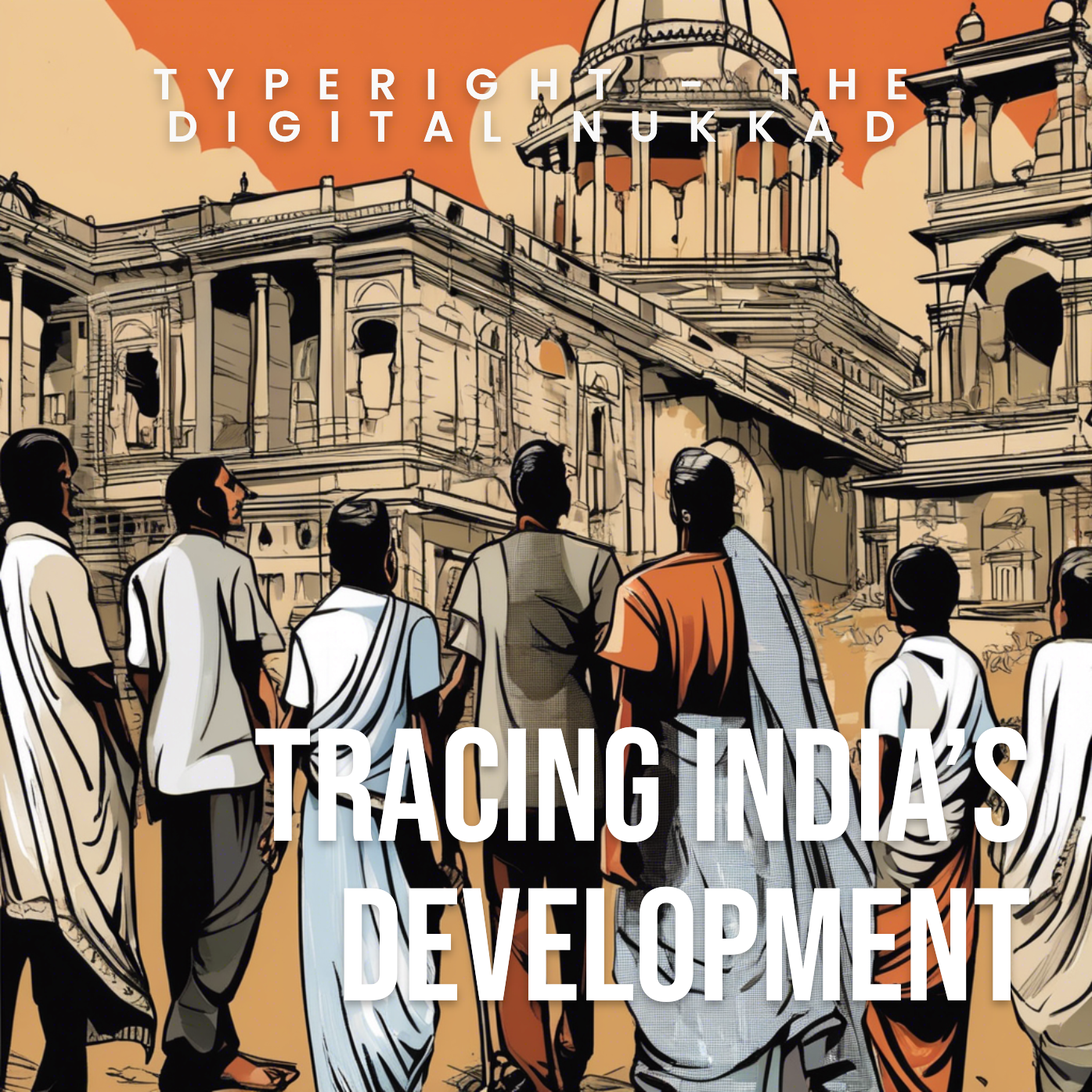









 might be?](https://sk0.blr1.cdn.digitaloceanspaces.com/sites/1394/posts/714526/dbc8de4c-5c50-411f-aba0-55cfb74a692d.jpeg)

Write a comment ...